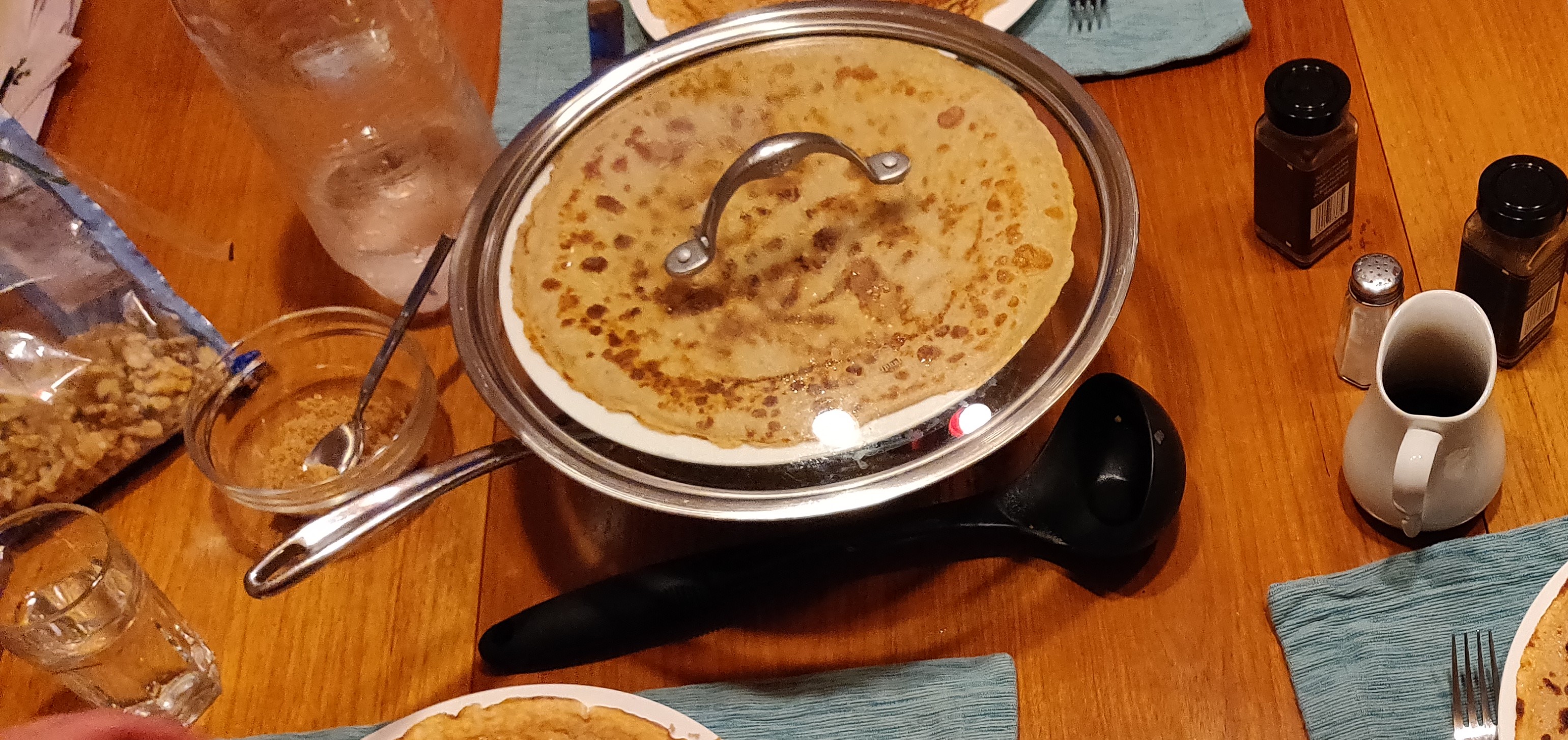Informant Context:
Meryl is a descendent of Dutch immigrants who immigrated to America around the 1850s. After living in Michigan, she relocated to Redlands, California, where she attended and later taught at a school supported by the Christian Reformed Churches in the area. The school held annual Dutch/Tulip Festivals as fundraisers. Meryl participated in these festivals as a student. She went on to teach her students the associated songs, skits, etc. while working there.
The interviewer spoke with Meryl over the phone.
Transcript:
MERYL: So I grew up in Redlands—Redlands Christian School, attended um… Christian Reformed Church is where I—was where my parents went, and in Redlands there are two Christian Reformed Churches, one Reformed Church, and one Protestant Reformed Church, which is a little more on the Dutch, th—Dutch side. Uh, the Protestant Church also had a school. And so… Redlands… and I went to the Christian School there, and… all supported Red— of all those churches, the four churches, uh… supported the Redlands Christian School. Still do. And there were many Dutch background people, so they, um… in order to support the school they started having—I don’t know just when it started, but—uh, started having Dutch festivals. And I remember, uh, singing little songs, and… heh… at the, at the Dutch festivals. Um… and then, later I taught ‘em to… to… th—the kids that I was teaching. [rustles pages, reading] Um… many… let’s see… many Dutch background people had Tu—Tulip festivals to raise money for the school. ‘Cause they… [unintelligible] always need money. Um…
INTERVIEWER: What would the songs be about?
MERYEL: Well, let’s see… Well, first of all they had all the… the chorale—you know, they’re kind of like *chorale*—they’re [unintelligible] you know, half notes. [rustles pages] And uh… other songs. But it… the for Tulip Festival. I taught my kids this one little ditty that… [begins laughing] Heh-heh! It was—let’s see, it was… [begins speaking in rhythm (no melody), puts on an accent (t’s and th’s become d’s)]
“Katrina, my darling,
Come sit by my side
And I’ll told you some things
That will open your eyes—eyes [unintelligible]
I love you so much
[Bette(?)]… w—with the love that I got,
That I want… and I’m going to ask you, “Won’t you be my *frau*?”
Frau is like… um, [unintelligible]. She would sing—the girl would sing: [resumes]
Why [seen(?)] yourself, Charlie
To speak out like that
Although it is nice what you say,
And I love you so much with the love that I got
That I’ll be your frau right away.
Oh, ja! [thought that was(?)] fine,
Char—Katrina, she told me she’s going to be mine…
And, you know, that’s the chorus. Yeah, heh—*anyway*… and the kids would sing. I taught that to my… my 4th graders later. Um… anyway…
INTERVIEWER: Did you teach at the same school?
MERYL: Uh, yeah, I’m getting to that. [laughs] Y—Y—let’s see… [if(?)] I can read it [reading] all—so all these churches, these four churches, supported the Redlands Christian School. Many Dutch background people… uh… had, had decided to have a Tulip Festival to bring in money for the school, ‘cause the schools always need money. And uh… so they, uh, they… the *women* mainly, got together [laughs softly], And um… k—kinda started when, when I was in school there. And it’s been kind of a tradition. And later, um… it was still going on when I taught there. Um… they had um… they had uh, uh… dishes of, *food* dishes, and cookies, and all kinds of stuff that was Dutch, and the kids would dress up, or… in uh, long skirts and wear, uh, Dutch—gif you had Dutch shoes, the wooden shoes…
INTERVIEWER: Clogs?
MERYL: [Me and(?)] my parents, they sent for some Grand Rapids, Michigan, where they have… uh, and Holland, Michigan, where they have more Tulip Festivals and… a lot of tulips in Holland.
INTERVIEWER: Right, so… that’s what I was going to ask. So this specific one that you’re talking about is just the Redlands one, but I was…
MERYL: [Yes(?)]
INTERVIEWER: I was going to ask you are there other ones?
MERYL: Oh, [yeah(?)]
INTERVIEWER: Other Tulip Festivals around the US? And it sounds like Holland Michigan, there are…
MERYL: Yeah, yeah… and [El Far(?)] California, they have a—a lot of Dutchman there too.
INTERVIEWER: And they have similar festivals and everything.
MERYL: Yes. The Christian schools do.
INTERVIEWER: But this one was…
MERYL: Yeah, they… they kind of support the Dutch background.
INTERVIEWER: Oh, so—so it’s always attached to a school, it sounds like? It’s less of like… like a…
MERYL: Yeah, it’s—it’s mainly I th—uh, yeah it kind of supports the schools. Helps to support the schools. Uh… Dutch costumes, [rustles papers] and wooden shoes… the wooden shoes are very uncomfortable.
INTERVIEWER: [laughs]
MERYL: You wear about three pairs of socks inside ‘em just so… so you don’t get blisters. I had some. I don’t know where they went. Heh-heh…
INTERVIEWER: [joins laughing]
MERYL: *Anyway*…
Informant Commentary:
Meryl mainly connected these festivals to the religious and educational institutions they supported financially. The generations through which this folk practice is passed are not familial generations or ethnic ones, but rather teacher to student generations. Meryl occupied both of those roles, as a student who later became a teacher. The Dutch/Tulip Festivals are also sites of other folklore such as folk songs and folk food, similarly passed down using highly intentional means, for a specific purpose, in a designated classroom setting.
Analysis:
This tradition is an interesting one, mainly because it employs folklore as a means to fundraise for an institution. This conflicts with the usual role of folklore as a set of artistic practices coming into being and perpetuating outside of institutions. The folklore invoked by these festivals (clogs, traditional dress, songs, etc.) likely came about that way too, but were given a new purpose and a new folk group by these majority Dutch churches and schools.

